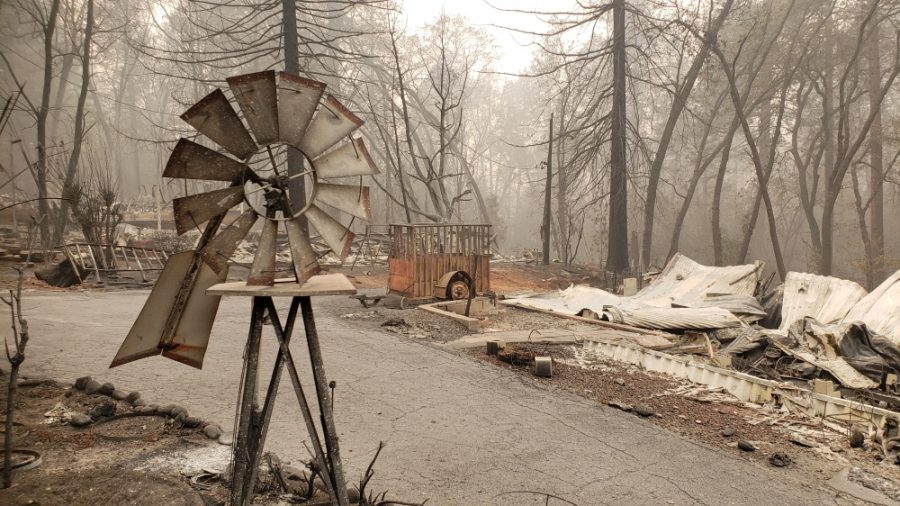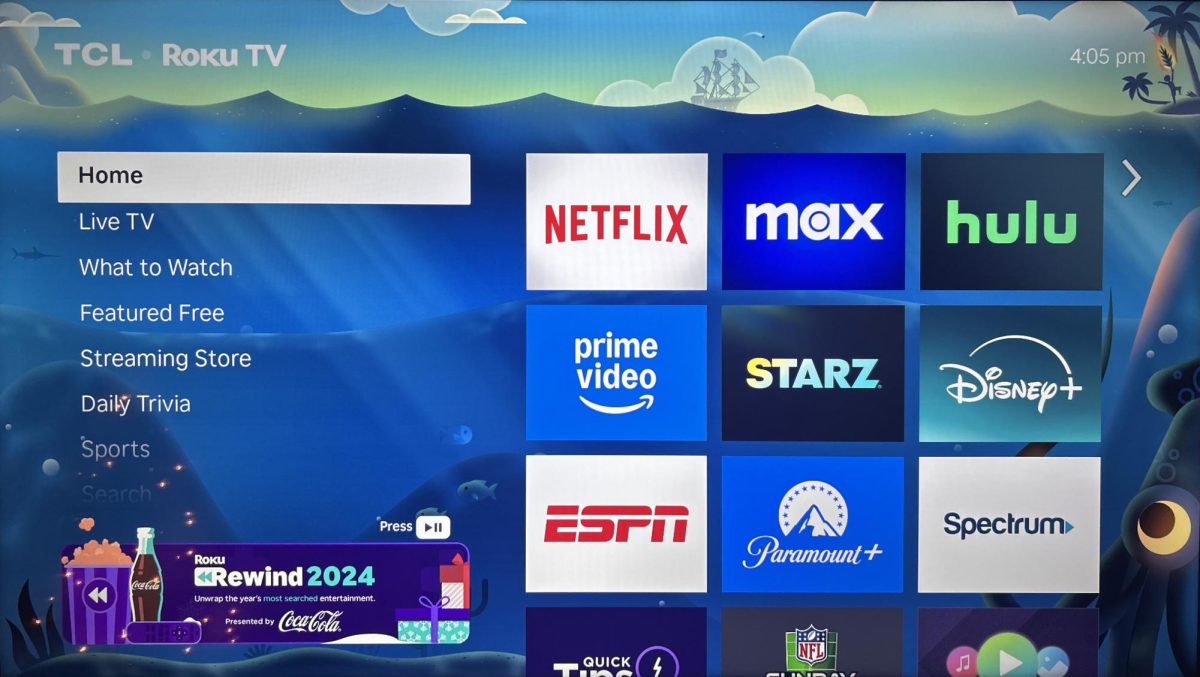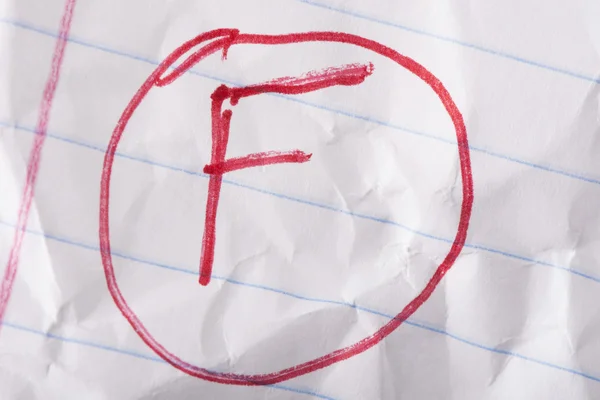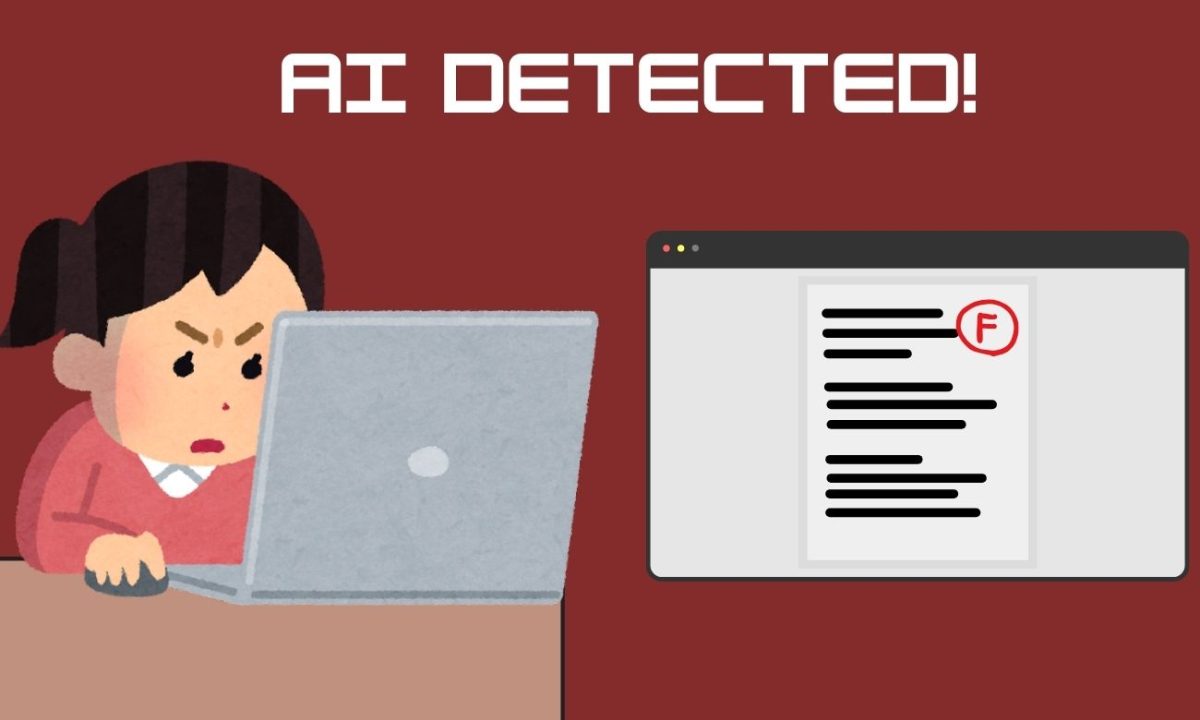Online media has become ground zero for “fake news.” Readers demand news 24/7. The danger in that is how easily it can be manipulated. This is a huge problem, especially with the rise of popularity in social media.
Here’s the problem. An Oriella study found that 89 percent of journalists use online sources to research stories with half the sources using Twitter and almost two-thirds using social media such as Facebook. However, just because someone tweets it or it ends up on Facebook doesn’t mean it’s credible.
So what happens when a rushed or just plain lazy journalist doesn’t check the source for accuracy? We get “fake news.” And if its exciting, tragic or controversial the news draws attention and spreads, especially when that was the intent from the beginning.
This type of media manipulation is called upblogging. Upblogging is a term coined by Ryan Holiday, a self-described media manipulator, as he states in his own book.
In upblogging, the smaller sites make the news appear credible and newsworthy so the larger sites will run a story without digging into how credible it is.
This is how it works:
Step 1. Get the story online.
Small, local sites such as school or neighborhood blogs are an easy starting point. Why? Because these sites target specific readers that are generally a part of a localized or special interest group resulting in a high level of trust.
Step 2. Generate enough interest in the story for an online site belonging to a local newspaper or television station to pick it up.
As previously mentioned, online sites have pressure to keep updating with new stories and the standards may not be as rigorous. However, once the story is on their website it has taken one more step forward in appearing credible and that much more likely to be used again by traditional media without being questioned.
Step 3. Go national.
Once the story has gained popularity locally and regionally, there is a good chance the media outlets will continue to try and generate more popularity by getting it on sites such as Reddit. Sites like these which present news stories from multiple sources are watched by national media organizations. If a story is getting the right amount of attention, it’s probably going to end up being picked up by national news. And that’s how nothing becomes something.
Manipulating the media, creating a story, setting the tone for the story angle and controlling how far it spreads is an art. That doesn’t make it good or right. Fake news can be harmless albeit self-serving. However, it can also be dangerous.
Stories meant to incite prejudice and hate may draw attention. This attention can also turn into real violence as people react to it.
Yes, it’s the responsibility of the journalist to demonstrate integrity in providing news. However, some of the responsibility must lie with the readers. Pay attention to where the news comes from and what sources were used. It may mean more thought is required, but that’s better than falling victim to media manipulation.
Nicole Ritchie can be reached at the [email protected] or @bynicoleritchie on Twitter.













Jeff Green // Oct 24, 2017 at 10:28 pm
“The art of faking news”
1) be The Orion
2) ????
3) profit